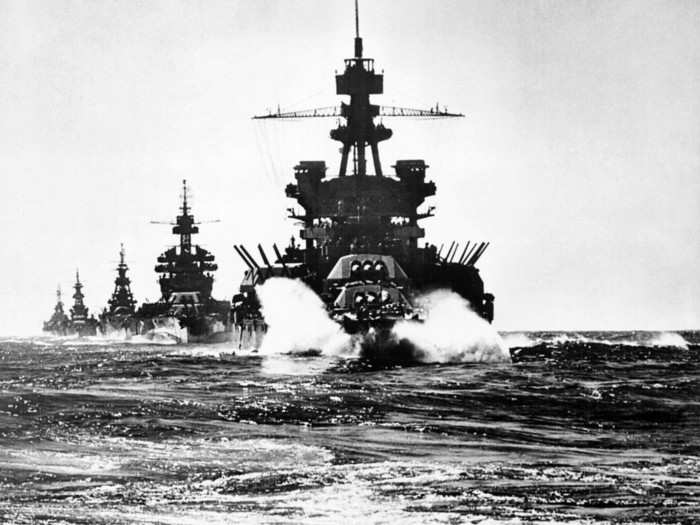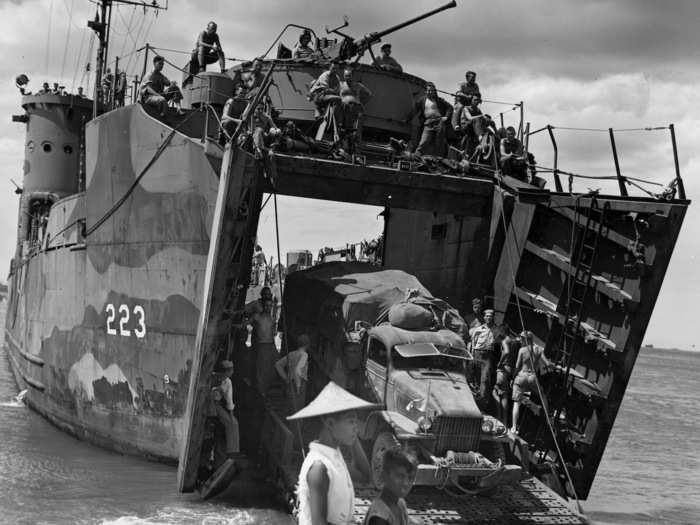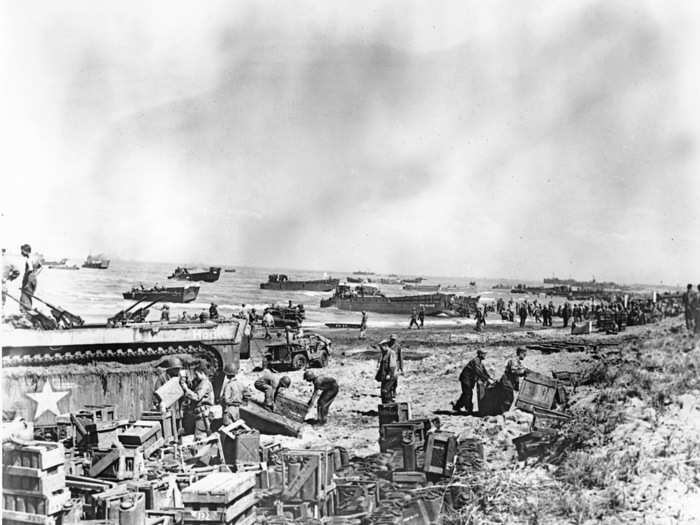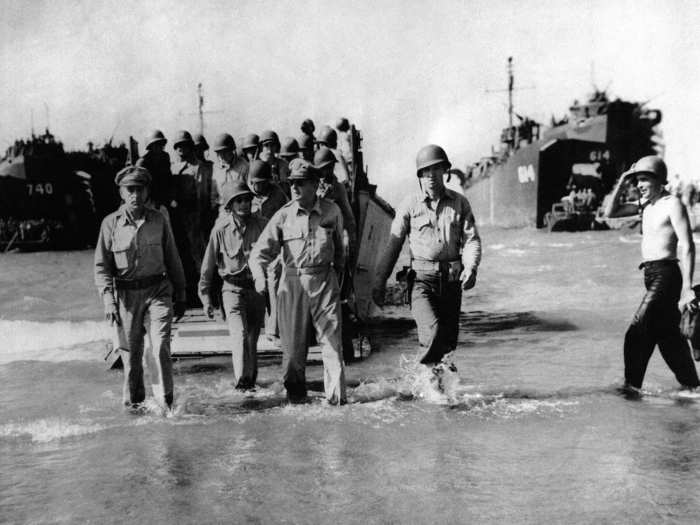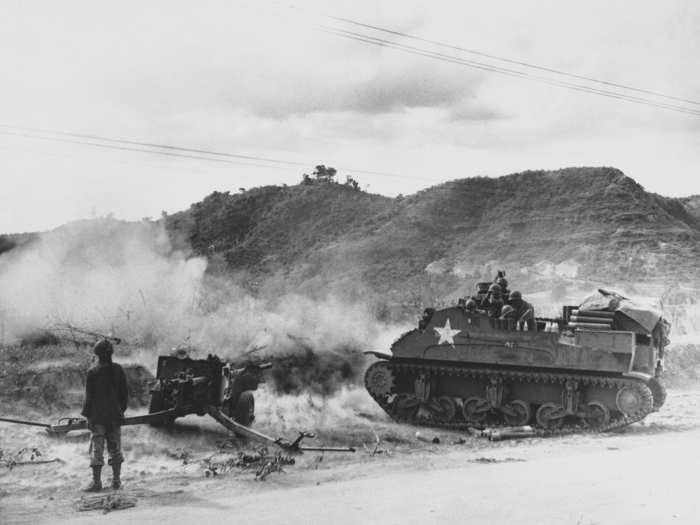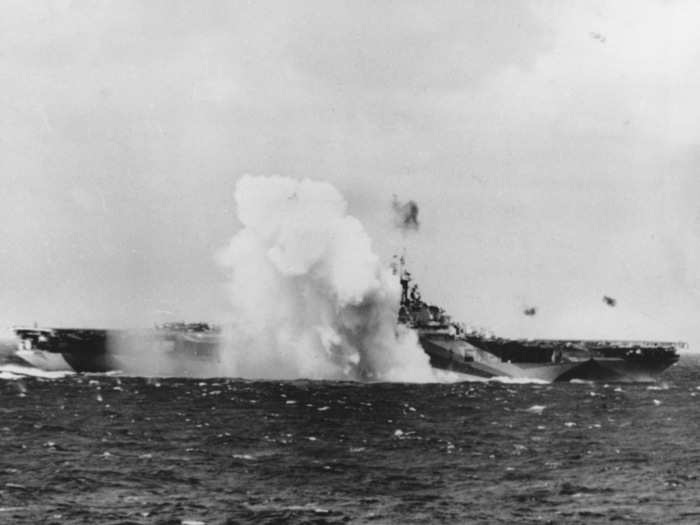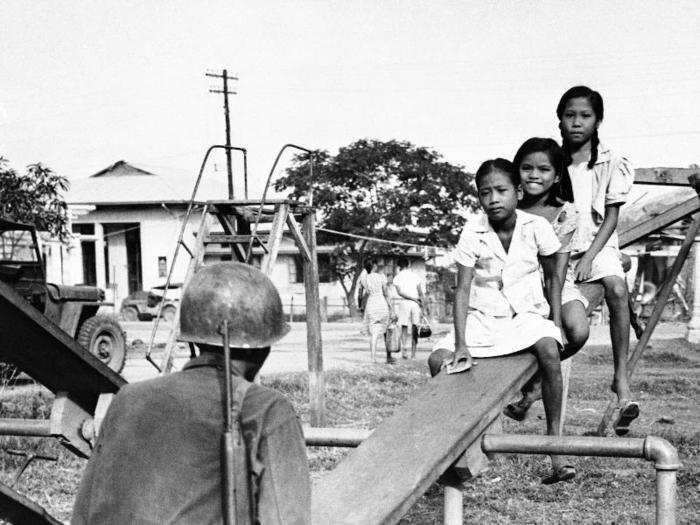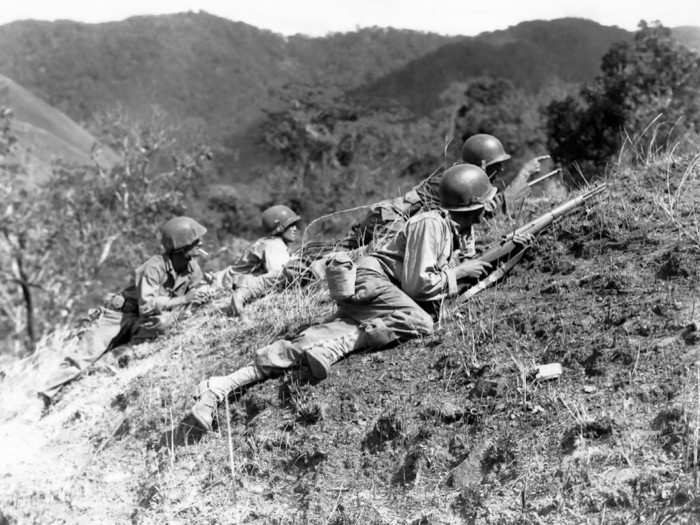75 years ago, US troops began the main battle of the long, bloody fight to kick the Japanese out of the Philippines
A US fleet of some 70 ships carried 175,000 troops from the 6th Army to the beaches of Lingayen Gulf, on northwest Luzon, where the landings took place, January 9, 1945. A naval bombardment of the shore assisted.
Popular Right Now
Popular Keywords
Advertisement

